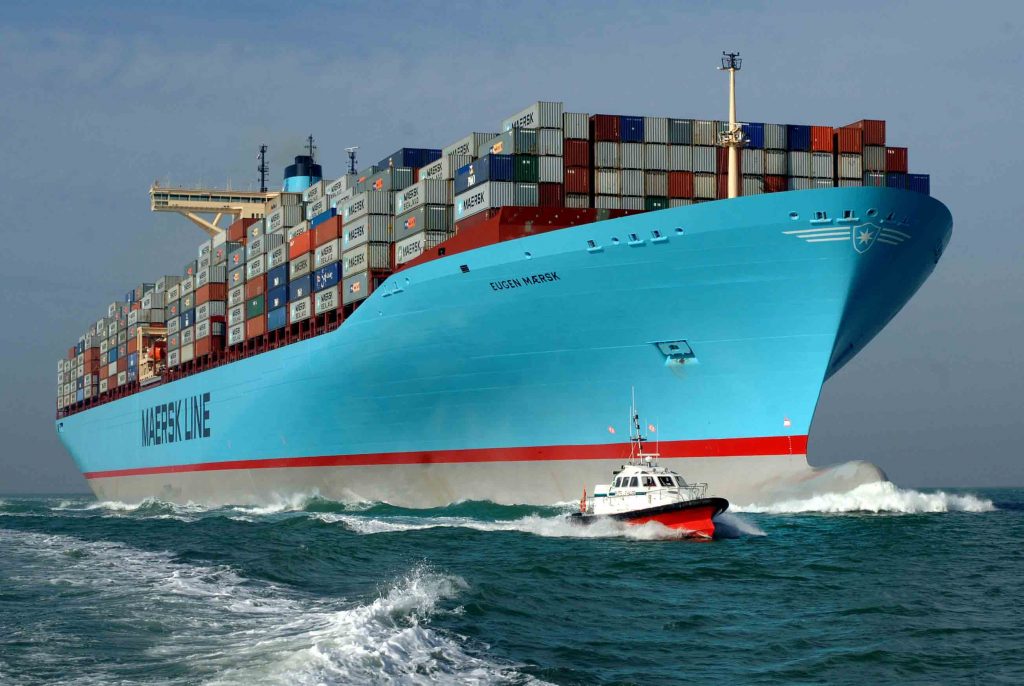The container shipping trade, despite the global dips, saw the strongest but still contracting growth in the Middle East and the Indian subcontinent regions at 5.1%, according to a recent report.
However, the global climate with respect to container trade dictates that, notwithstanding strong growth in the region, container liners must adopt new strategies for enhancing their performance in a new normal characterised by slowing container demand, according to Sailing in Strong Winds: The New Normal in Global Trade and Container Shipping, by The Boston Consulting Group (BCG).
The growth rates witnessed in the region was led by Saudi Arabia and the UAE, who contributed 28% and 22% respectively in a total year-on-year increase in imports, mainly driven by chemical products, said the report.
The announcement of Saudi Vision 2030 and the National Transformation Plan in the second quarter of 2016 aimed to reduce Saudi Arabias continued dependency of oil and combat expected slowdown in gross domestic product (GDP) to revamp the scope of public investments, raise the private sectors share in the economy, and rationalise government expenditure is expected to play a vital role in further sustaining the contracting, but positive growth raters of the kingdoms shipping trade.
Whilst in the UAE, industry imports have benefitted from a consistent strategy based on an intense diversification of the economy and investments in sectors such as hospitality, manufacturing, real estate, construction, and financial services.
The same growth figures were not evident on the global scale. Demand for containers picked up during 2014, but by the end of 2015, average global growth in the container-shipping trade was a disappointing 1.9%. Still, in a bid to boost scale and reduce slot costs, liners continued to invest in new and large vessels. This worsened the overcapacity that was already afflicting the market and pulled freight rates down to a new low.
Giovanni Moscatelli, a principal and lead for the transport and logistics practice at BCG, Middle East, said: The growth of demand for container, lagged behind global gross domestic product for the first time in 2015.
To identify potential culprits behind the disappointing news for 2015, the report analysed the performance (including import and export volumes) of six major trade routes, or trades, that collectively represent more than 80 per cent of the total world container trade.
The trades are Asia-Europe, Transpacific, Intra-Asia (including Intra-China), Indian subcontinent and Middle East, Latin America, and Africa. Several individual trade regionsparticularly Asia-Europe (including Intra-Europe), Transpacific, and Indian subcontinent and Middle Eastachieved impressive growth rates that year, even as Intra-Asia, historically a powerful growth engine, saw disappointing rates.
In addition to analysing container demand volumes in 2015 for key trades, the report assessed the main drivers of demand to develop several scenariosbase, bear, and bullfor what global container shipping might look like over the next several years.
The report took a particularly close look at possible scenarios for container demand and container supply-and-demand balance over a six-year period. For container demand, the global container traffic is expected to grow from 2.2% to 3.8% annually from 2015 through 2020, depending on the growth performance in each of the six major trades.
This positive growth is expected to be led by the Indian subcontinent and Middle East region, amounting to 6.6% bullish growth, the highest amongst the rest of the regions. This expectation is driven by the diversified investment in the Middle East that shields its economies from the oil price slump impact, it stated.




